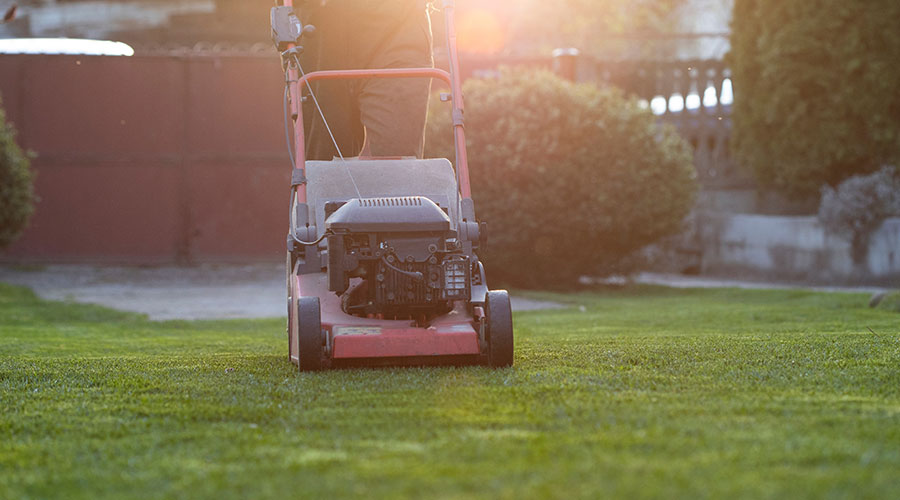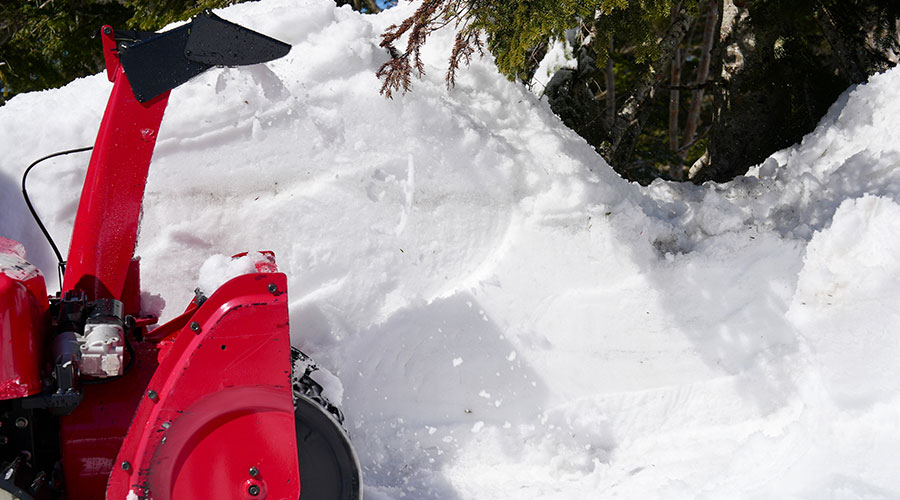Ground-level Strategies For Pesticide Application
Equipment considerations top the priority list for managers seeking safe, efficient and cost-effective chemical applications
Pesticide applications can have a major impact on the health and appearance of a site, as well as on neighboring properties, people and animals. The misuse of pesticides can be as detrimental as proper use is beneficial. Managing pesticide usage is an extremely important aspect of a grounds manager’s responsibility.
A well-planned strategy that considers chemical effectiveness, safety, cost and equipment issues is critical.
Topping the list of priorities for many grounds care managers is the needed equipment. There are two main types of equipment used for pesticide applications.
Spreaders are used for distributing dry, granular materials, such as fertilizers, some herbicides, insecticides and fungicides. Spreaders also are used to put out deicing salts in the winter.
Sprayers are the primary type of equipment used to apply liquid formulations, as well as wettable powders, or herbicides, insecticides and fungicides.
Spreader Considerations
A drop spreader provides even distribution of the product directly below the unit. Operators have more control applying the product exactly, which is ideal when working with herbicides near ornamental beds. But operators also must make more passes to cover an area, so application time is longer. Drop spreaders come in a variety of widths, generally 18-60 inches.
Not only is a drop spreader slower, it is also more difficult to get even applications. Also, the holding capacity of a drop spreader is somewhat less than a typical broadcast spreader, which also adds to the labor needed per application.
A broadcast spreader throws chemicals in a wider coverage area, allowing the applicator to make at least 50 percent fewer passes per application, depending on the product used and the desired coverage, making application time much shorter.
Due to the more random distribution of product, it is easier to get full coverage with less streaking or missed areas. Some models offer deflectors to increase control of product distribution, but using a deflector changes the application rate, and managers must take this into consideration. Managers generally have more models of broadcast spreaders from which to choose.
Spreaders can be pushed or mounted onto small tractors, mowers or utility vehicle, or operators can pull them behind a vehicle. Dedicated, ride-on motorized spreaders available, and some offer the ability to spray at the same time.
A sprayer or spreader unit that allows the operator to ride instead of walk usually is more consistent, resulting in improved quality and less waste. The application can be completed more quickly, allowing one person to cover more area. They usually are much more expensive and might be too large to use in certain areas.
Sprayer Options
Managers have a vast array of sprayers to choose from. Capacities from one gallon to 200 gallons are commonly used in grounds care operations. Manual pumps, electric pumps and gas-powered pumps are available.
When sizable areas must be sprayed, large capacity tanks will be most efficient. Operators can mount these tanks onto a vehicle or onto carts they pull behind the vehicle. Depending on how the sprayer will be used, managers can buy a boom attachment or a hose and spray gun. Some spray rigs can accommodate both.
Backpack sprayers are a staple in many grounds care departments, and managers have many models and manufacturers from which to choose. Among the features to select from are tank capacity — from 2 to 7 gallons — wand length and material, pump type, spray-tip compatibility, and manual, electric or gas pump.
When selecting backpack sprayers, managers should look for UV-resistant materials and for chemical-resistant seals. The weight of unit is also important, and especially the weight when the unit is full. A 7-gallon backpack that weighs 20 pounds itself will weigh close to 80 pounds when full.
Pressure is also a consideration. Some models claim to spray at up to 300 psi, but when using a backpack sprayer, operators normally want to spray at a lower pressure to avoid drift.
Users also should test the spray unit for comfort and ease of use. Spraying with a backpack unit for eight hours can be a tiring job, especially if the unit is too heavy or cumbersome to use efficiently.
Managers also should make sure the sprayer is easy to repair because it will be subject to much wear and tear. Also, make sure replacement parts are readily available.
Managers also would be wise to look for models that offer a safe place to store the wand when not in use. Many units have clips that hold the wand in place so it is secure and won’t be damaged in transport.
For departments that need a smaller sprayer but find a backpack sprayer isn’t appropriate, managers can consider spray units on pull carts. These might have manual pumps, or they might be gas or electric powered. One newer model uses the motion of the wheels to pressurize the tank.
Refining the Strategy
Chemical application equipment inventories should include separate sprayers for each different type of product to avoid mixing chemicals. Purchase one sprayer for insecticides, one for fungicides, one for nonselective herbicides, one for broadleaf herbicides and one for grassy weed control. Make sure to clearly label each according to its use.
Managers also might want to buy separate sprayers and spreaders for each applicator. By having his or her own equipment, an applicator can calibrate the equipment to their walking speed and spray technique. If applicators must share equipment and recalibrate it each time, calibration won’t happen.
Drift control is often a concern for pesticide applicators. By only being able to spray when the wind is less than 10 miles per hour, crews might miss the timing of applications or at least throw the schedule off. Several companies make boom sprayers with drift-control skirts.
These spray units can be self-contained, walk-behind models or larger units mounted to a mower or tractor. If wind and drift are a concern these products are definitely worth considering.
Personal Protective Equipment
Providing proper protective equipment (PPE) and clothing for applicators is a must. Always follow guidelines set by the U.S. Environmental Protection Agency’s worker protection standard.
Protective clothing must be worn when handling, mixing and applying chemicals. Proper attire for a pesticide applicator should include rubber boots, eye protection, long-sleeve shirts, long pants, chemical-resistant waterproof gloves, and a respirator. Managers should refer to the standard for specific details.
If spraying is done from a spray unit or tractor equipped with a cab, the applicator will be subject to less chemical exposure. Some cabs provide enough protection that they are equivalent to specific types of PPE.
Each vehicle used for pesticide application should be equipped with an emergency response kit that includes items like soak-up pillows, eye-wash solution, hand cleaner, water- and chemical-resistant gloves, garbage bags, goggles, and chemical-resistant coveralls.
Questions that shape a decision
Managers choosing chemical-application equipment should start by asking staff these questions.
- How will it be used — tree and shrub or turf applications?
- What products will be applied? How many different chemicals and different formulations?
- Where will the products be applied? How large are the areas to be treated? Do obstacles that would limit the type or size of equipment?
- Who will use the equipment? Will the designated person or persons be able to physically handle the equipment? Will there be more than one piece of each type of equipment needed?
- How easy is the equipment to set up and operate?
- What are the maintenance requirements?
- Are replacement parts readily available and easy to install?
- How much does the equipment cost?
- How durable is the equipment? Will it get considerable use and abuse, or will it only be used occasionally?
With the answers to these questions in hand, managers can choose the right equipment or combination of pieces to best suit facility’s needs.
|
Related Topics:











